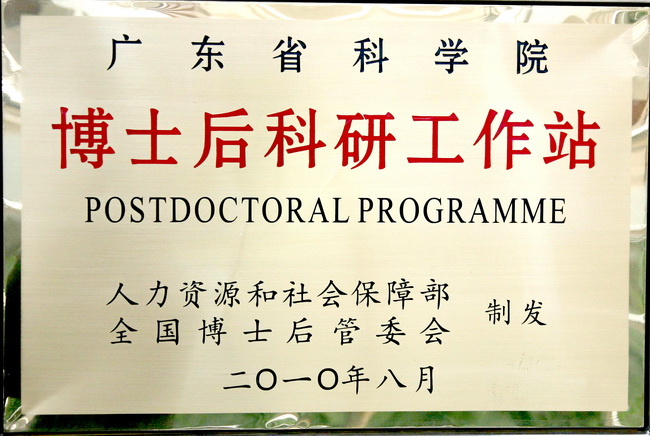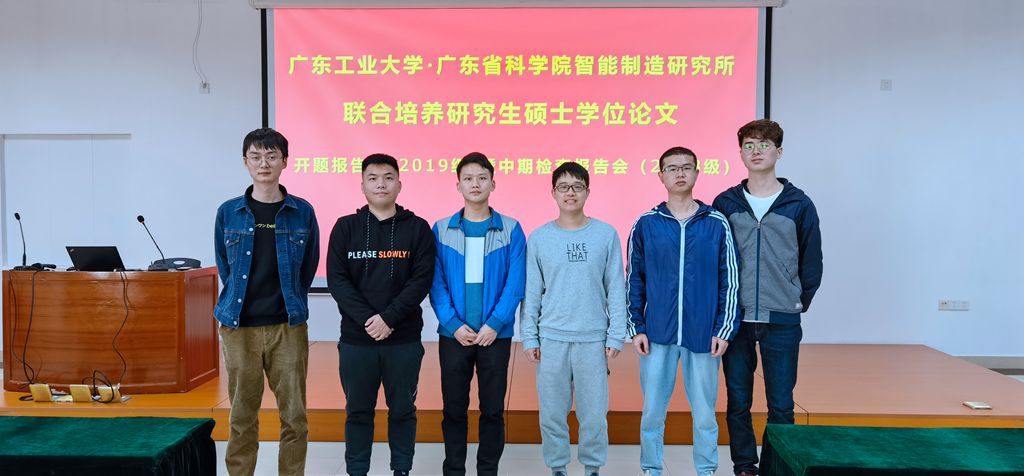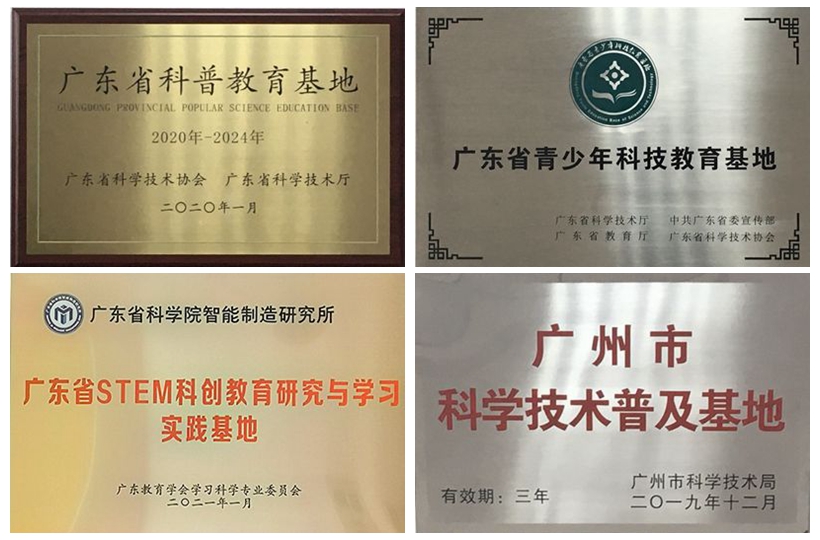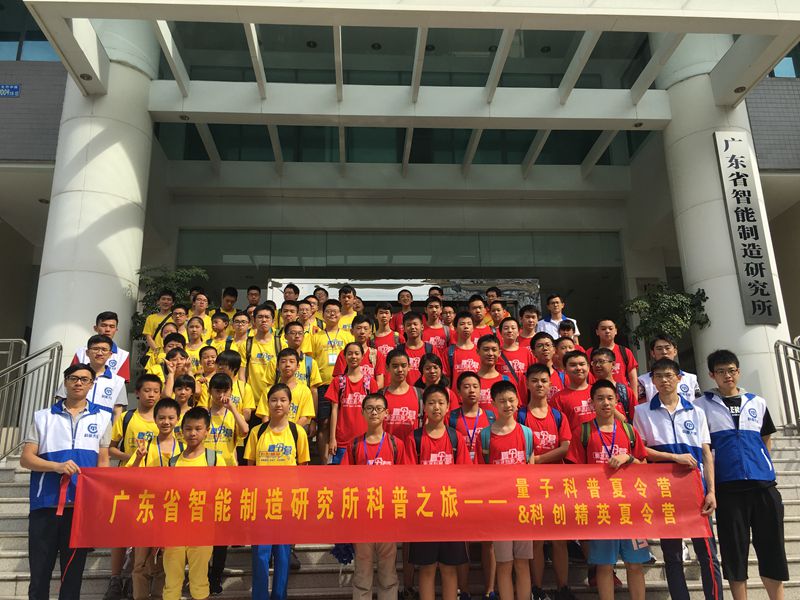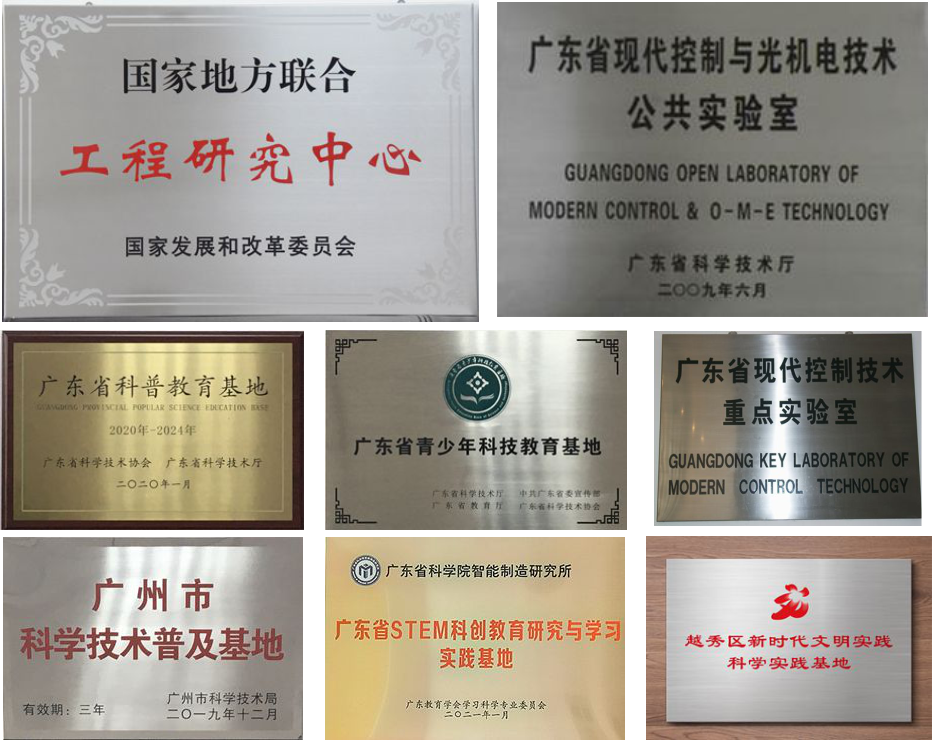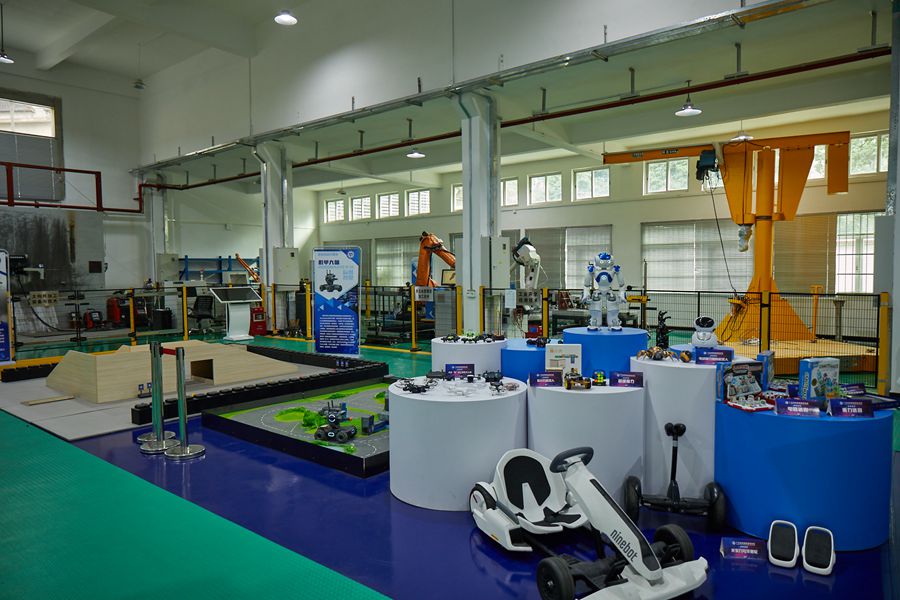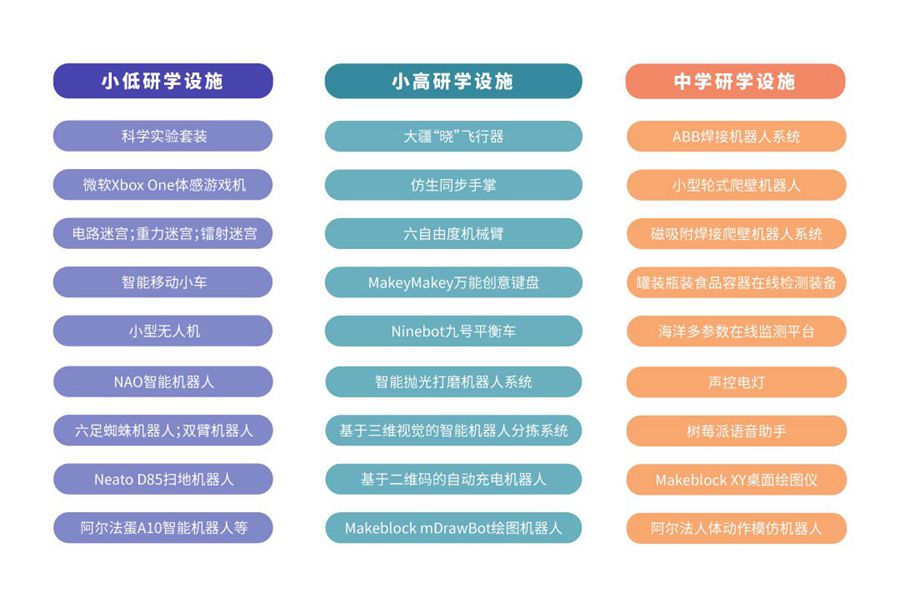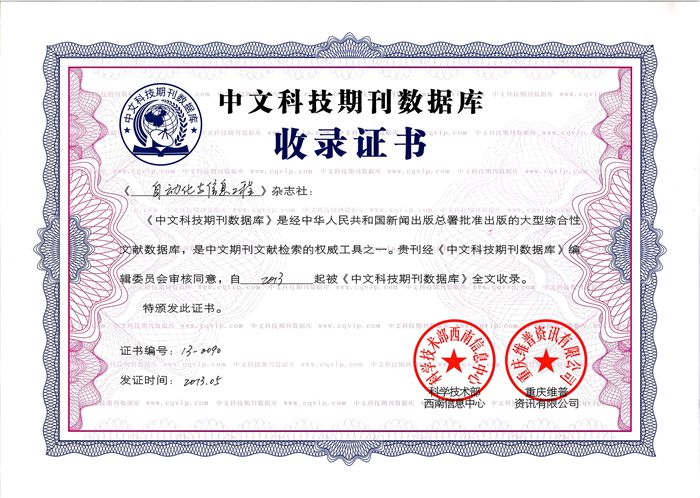2024年06期 v.45 36-40+46页
陈冬青1 邓泳涛2
(1.广州检验检测认证集团有限公司,广东 广州 511447
2.广东工业大学机电工程学院,广东 广州 510006)
摘要:可行域检测对于自主移动攀爬机器人理解周围环境,保障其高效、安全地移动具有重要意义。针对传统语义分割模型参数量大、计算速度慢等问题,提出一种改进的DeepLabv3+模型。该模型的主干网络采用轻量级的MobileNetv2替代Xception,有效减少了模型的参数量并提升了计算效率;在空洞空间金字塔池化单元中增加了卷积支路并优化了空洞率,增强了模型对不同尺寸物体的分割能力;在解码阶段引入全局注意力机制,增强模型对上下文信息的聚合能力,进一步提高模型的分割精度。实验结果表明,改进的DeepLabv3+模型相较于U-Net模型、DeepLabv3+模型,在攀爬机器人的可行域检测任务上取得了较好的分割效果。
关键词:攀爬机器人;可行域检测;三维钢结构;MobileNetv2;全局注意力机制
中图分类号:TP242.2 文献标志码:A 文章编号:1674-2605(2024)06-0005-06
DOI:10.3969/j.issn.1674-2605.2024.06.005 开放获取
Feasible Region Detection Model for Climbing Robots in
3D Steel Structure Environment
CHEN Dongqing1 DENG Yongtao2
(1.Guangzhou Inspection, Testing and Certification Group Co., Ltd., Guangzhou 511447, China
2.School of Mechanical and Electrical Engineering, Guangdong University of Technology,
Guangzhou 510006, China)
Abstract: Feasible region detection is of great significance for autonomous mobile climbing robots to understand the surrounding environment and ensure their efficient and safe movement. An improved DeepLabv3+model is proposed to address the issues of large parameter count and slow computation speed in traditional semantic segmentation models. The backbone network of this model uses lightweight MobileNetv2 instead of Xception, effectively reducing the number of parameters and improving the computational efficiency of the model; We added convolutional branches and optimized the hole rate in the pyramid pooling unit of the hollow space, enhancing the model's segmentation ability for objects of different sizes; Introducing a global attention mechanism in the decoding stage enhances the model's ability to aggregate contextual information and further improves the segmentation accuracy of the model. The experimental results show that the improved DeepLabv3+model achieves better segmentation performance in the feasible domain detection task of climbing robots compared to the U-Net model and DeepLabv3+model.
Keywords: climbing robots; feasible region detection; 3D steel structure; MobileNetv2; global attention mechanism





























